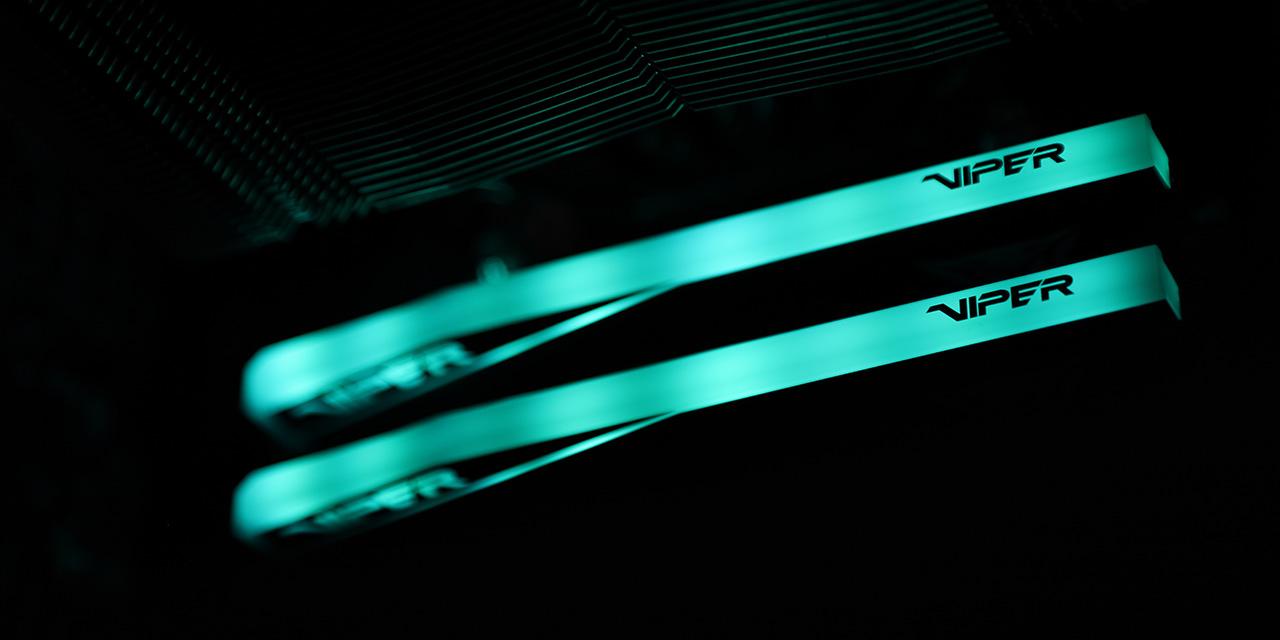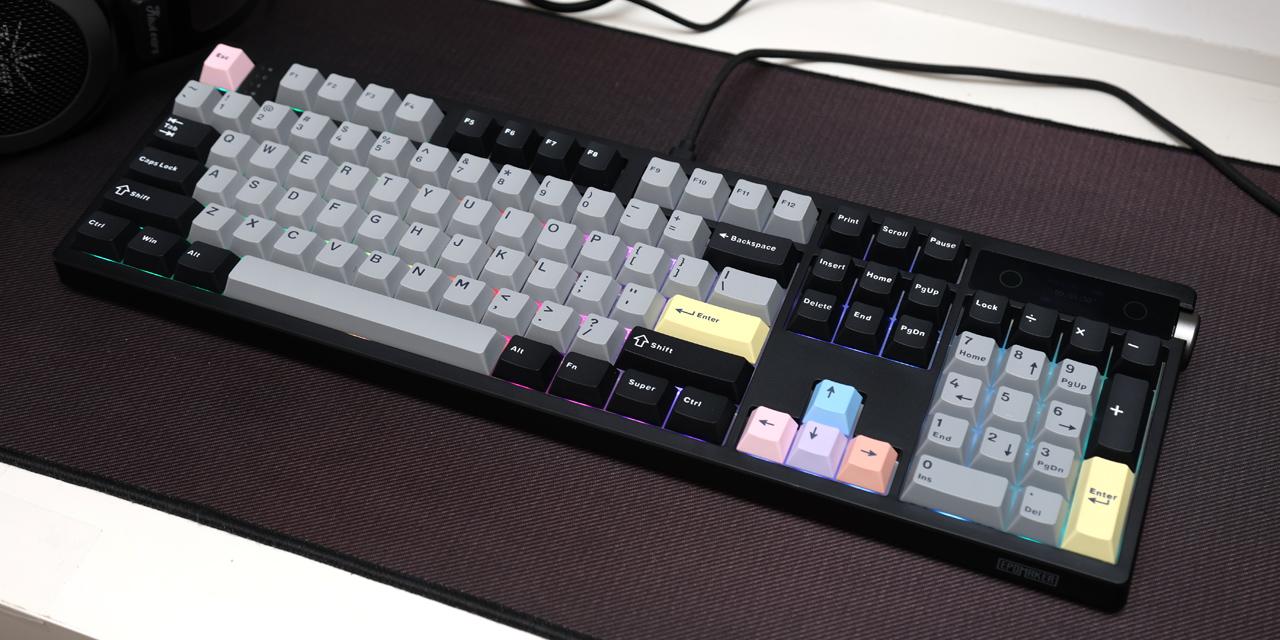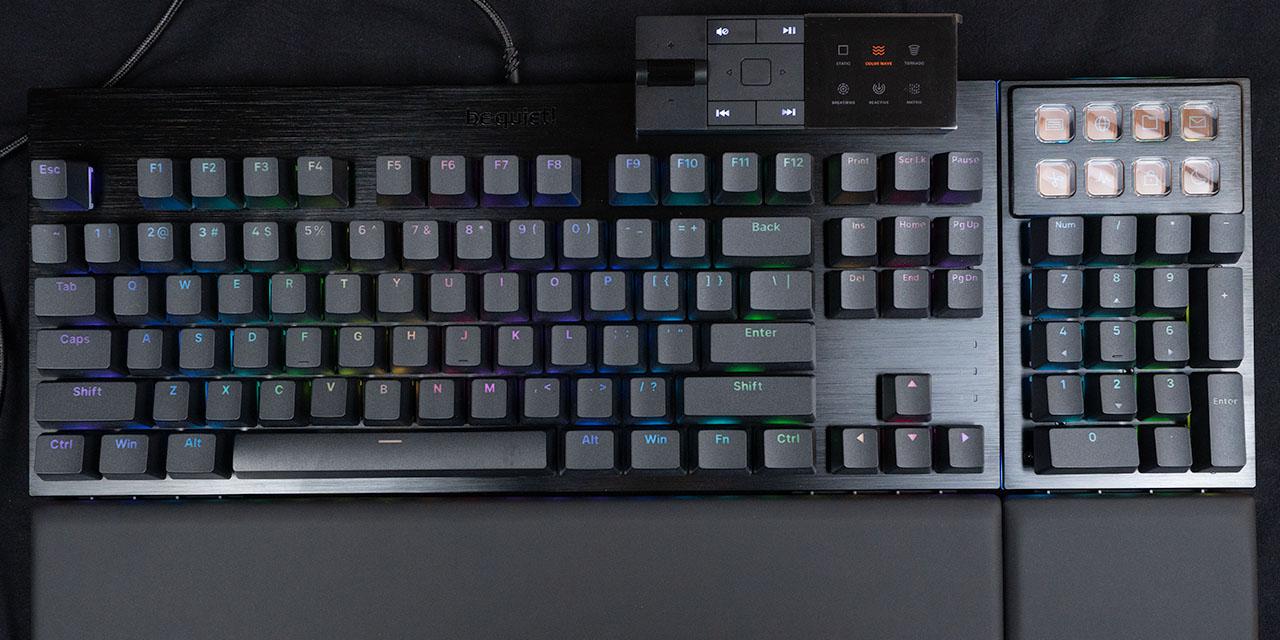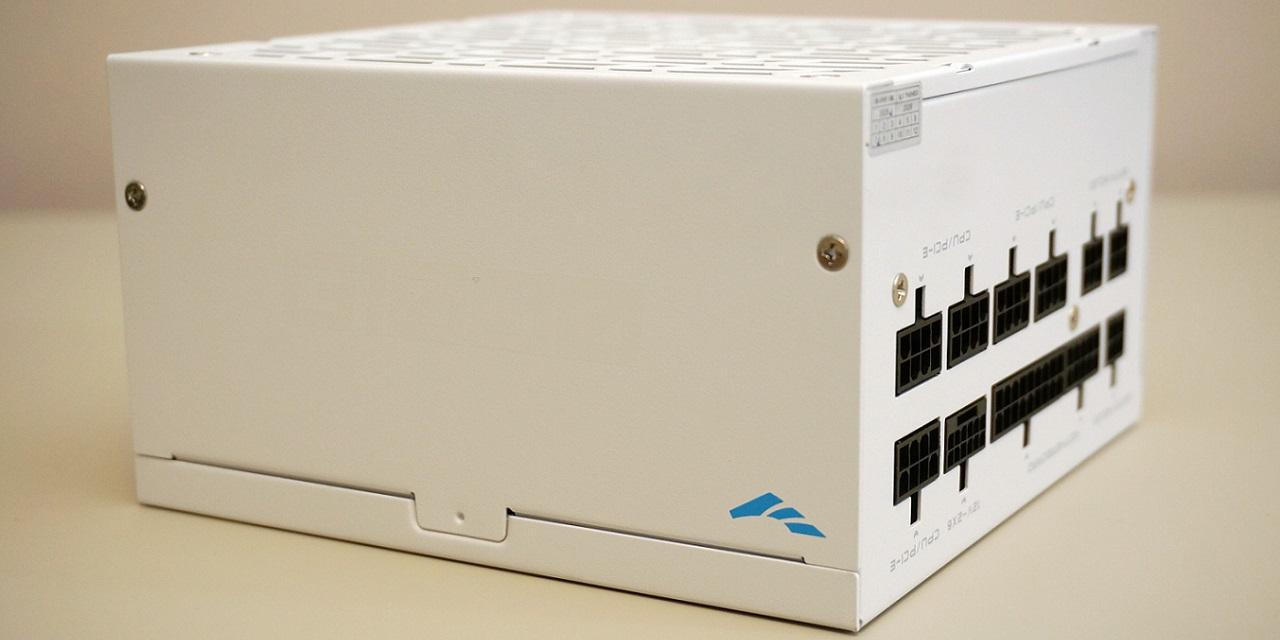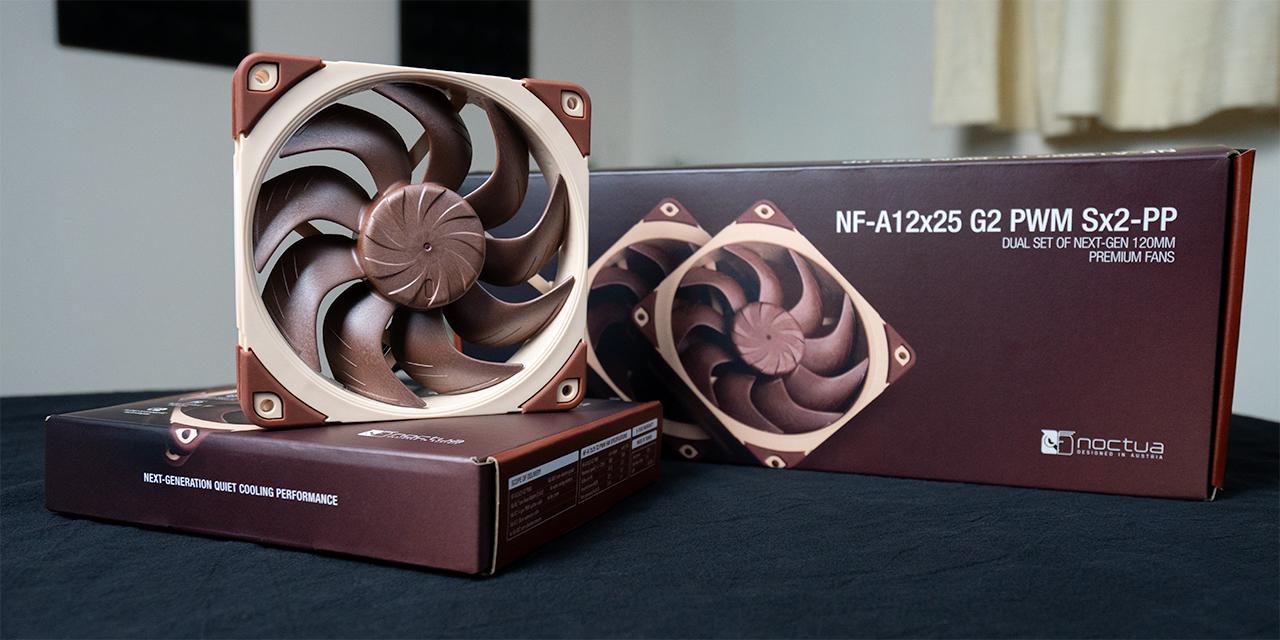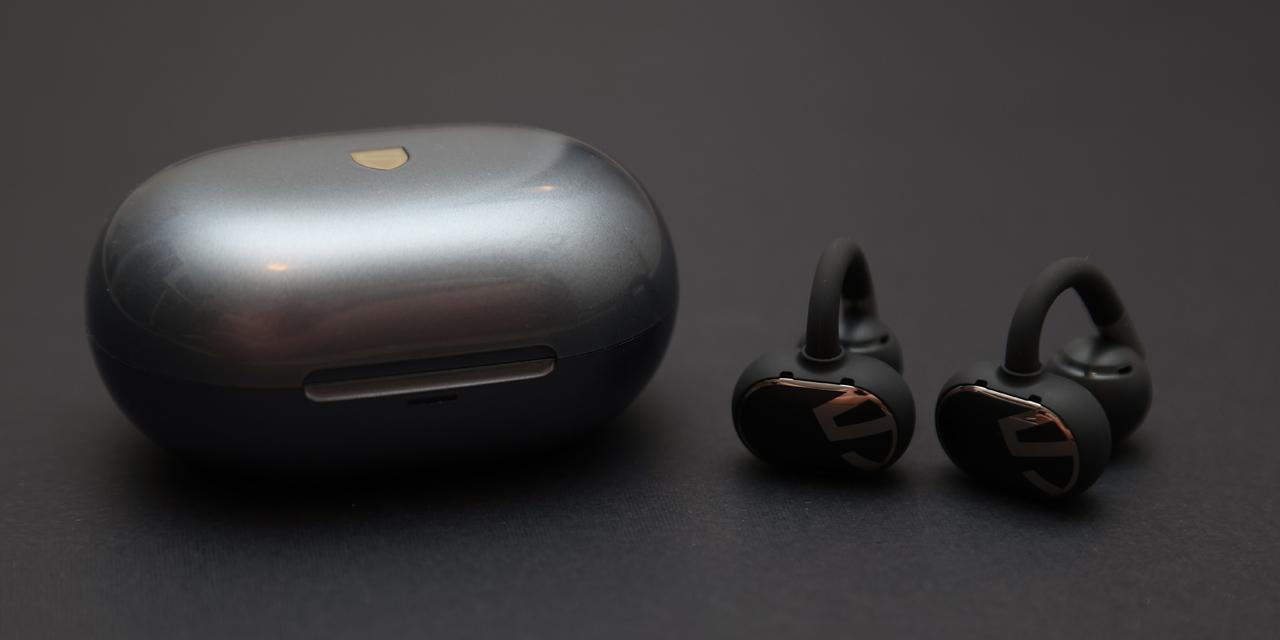
By: Jonathan Kwan
October 31, 2025
What is an optimal tradeoff? Many years ago, when I was on internship after my third year of engineering undergraduate studies, I deliberately did not apply for any company that had downtown offices. The reason was because I like driving, and going downtown meant I had to be stuck in rush hour traffic and also pay a small fortune for parking every day. I ended up going in the complete opposite direction to a company with offices in a bedroom community, but there was a tradeoff -- and I did not realize it until many years later -- that working downtown has much more dynamic and vibrant professional and social life, since everyone is within walking distance. After finishing my graduate studies, I returned to the business world, where my role was 100% remote. The benefit of this was total flexibility and no commutes, but not interacting with your coworkers in-person in the same physical space definitely has its shortcomings. I recently switched jobs, and this one is hybrid with a downtown office. This is where I learned the benefits of working downtown. To alleviate some of the tradeoffs, the company covers parking costs, and I actually quite enjoy the hybrid flexibility combined with the ability to meet and do work in-person. I feel like this is my optimal tradeoff. When it comes to products, there are also optimal tradeoffs. Last year, we reviewed the Turtle Beach Burst II Air, which is super lightweight at 47g, but can last only 40 hours on a single charge. But what if we focus a little less on the weight and give it a bigger battery and one of the latest and greatest sensors? Enter the Burst II Pro. Featuring the PixArt PAW3950-based Owl-Eye 30K and up to 150-hour battery life, the tradeoff is a little more money and an extra 10g on the scale. Is this the optimal tradeoff point? Read on to find out!
Our review unit of the Turtle Beach Burst II Pro arrived to us here in Calgary, Alberta, Canada from a shipping fulfillment center in Elwood, Illinois, USA alongside the Turtle Beach Vulcan II TKL. The medium-sized brown corrugated cardboard box arrived in excellent condition to us here in Calgary, Alberta, Canada using FedEx International 2day.
The Turtle Beach Kone II Air's retail telescoping box uses a consistent template with the Turtle Beach Kone II Air and Turtle Beach Burst II Air we reviewed last year. The predominantly purple color scheme is contrasted by the mostly white text. An overhead photo of the mouse occupies the majority of the real estate in front. Beside the mouse are logos bringing light to its 8000Hz polling rate and 150-hour battery life. At the top, you will find Turtle Beach's logo and name. At the bottom is the model name and description, "High Performance Lightweight Wireless Esports Mouse". Further feature highlights and miscellaneous product information such as specifications and package contents can be found on the remaining sides of the box.
Before we move on, let us take a look at the specifications of the Turtle Beach Burst II Pro, as obtained from the manufacturer's website:
Connectivity
- 2.4GHz Wireless
- Bluetooth
- USB-A Wired
Cable
- 1.8m/5.9ft 8 kHz flexible charging cable, USB-C to USB-A
Switches
- TITAN Switch Optical, 100 million click life cycle
Sensor
- Owl-Eye 30K optical sensor
- Adjustable lift-off distance
- Acceleration: 70g
- IPS Tracking Speed: 750
- Minimum DPI: 50
- Maximum DPI: 30,000
- Resolution accuracy: 99.8%
USB Polling Rate
- Up to 8,000 Hz
NVIDIA Reflex Support
- Yes
On-board memory
- Yes
Software
- Swarm II
Product Weight
- 57g (approximately)
Out of the box, you will receive the Turtle Beach Burst II Pro mouse placed in a cardboard tray, PhantomFlex USB Type-C to USB Type-A cable, USB Type-A wireless adapter, USB Type-A to USB Type-C transmitter adapter, grip tape, extra set of full-size PTFE feet, extra dot-sized skates, and a quick start guide. The Swarm II software can be downloaded from Turtle Beach's website. If you already have other peripherals from the company, you will not need to install a separate software suite.
Page Index
1. Introduction, Packaging, Specifications
2. A Closer Look - Hardware and Software
3. Subjective Performance Tests
4. Conclusion
